The world's first silent trail Lead you to hear the power of silence
The soundscape of silent trail
“When I detect a beauty in any of the recesses of nature, I am reminded, by the serene and retired spirit in which it requires to be contemplated, of the inexpressible privacy of a life. How silent and unambitious it is! The beauty there is in mosses must be considered from the holiest, quietest nook."
– Henry David Thoreau, 1842
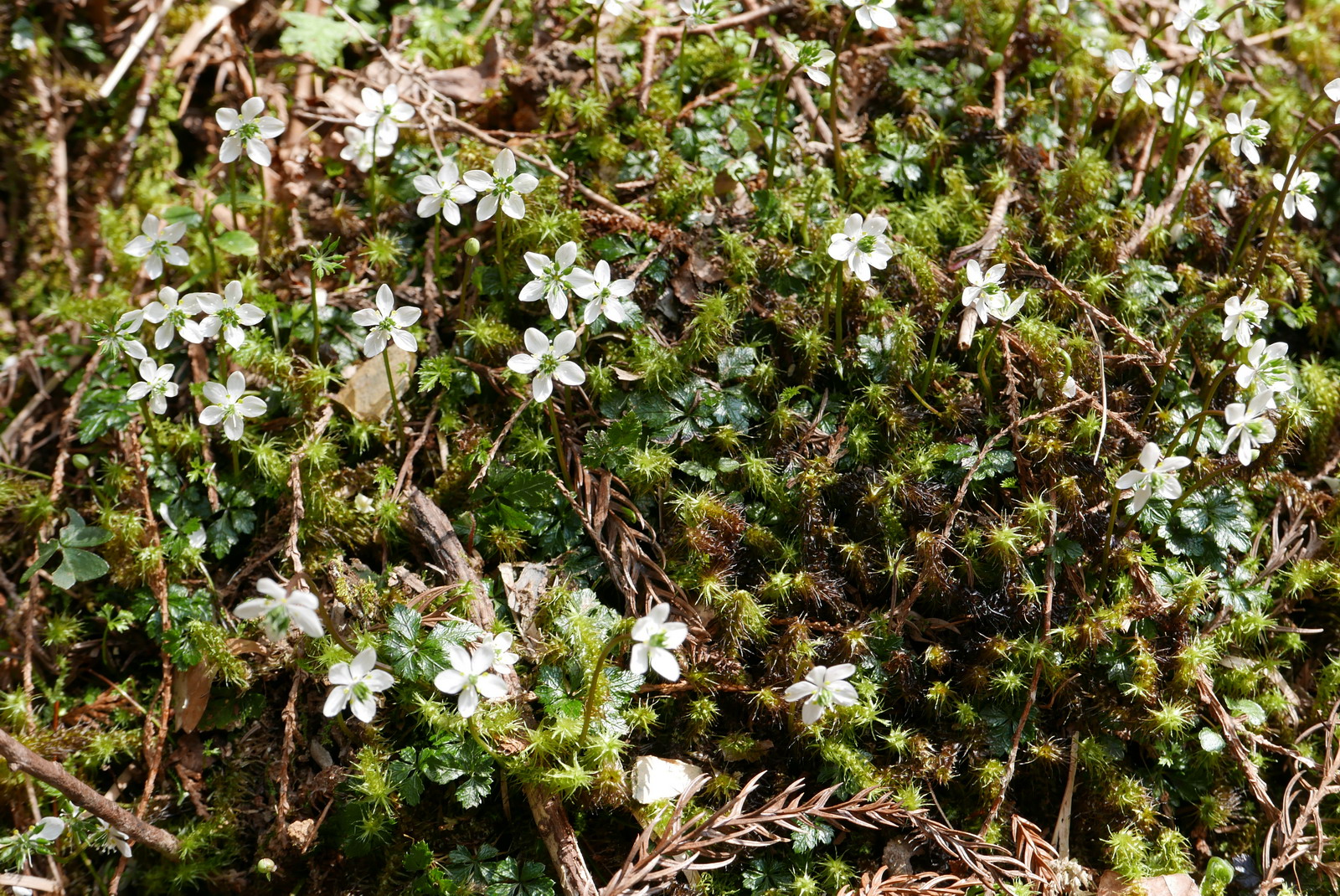
In 2018, the world’s first Silent Trail was launched at 1800 meters above sea level, along the shore of Cueifong Lake in the Taipingshan Forest Recreation Area, Taiwan. The tourists who set foot on this trail will know that remaining quiet is essential to forest conservation, and will gladly respect the silence there. They will be able to reap a different harvest once they experience the soundscape through listening.
Every stone, every creek, every tree, and even every mountain in nature has a melody of its own. Listening to the soundscape of a place is an important source of power that integrates an individual into nature.
Taipingshan used to be one of the three largest forestry centers in Taiwan. After its transformation into a forest recreation area in 1989, nature began to recuperate, and life began to emerge. Now, due to its geographical distance away from air pollution, and owing to the abundant rainfall brought by northeast monsoons, the forest floor was carpeted with a thick layer of mosses. The mosses absorb water, as well as noise, making this forest a natural acoustic chamber and the quietest place in Taiwan.
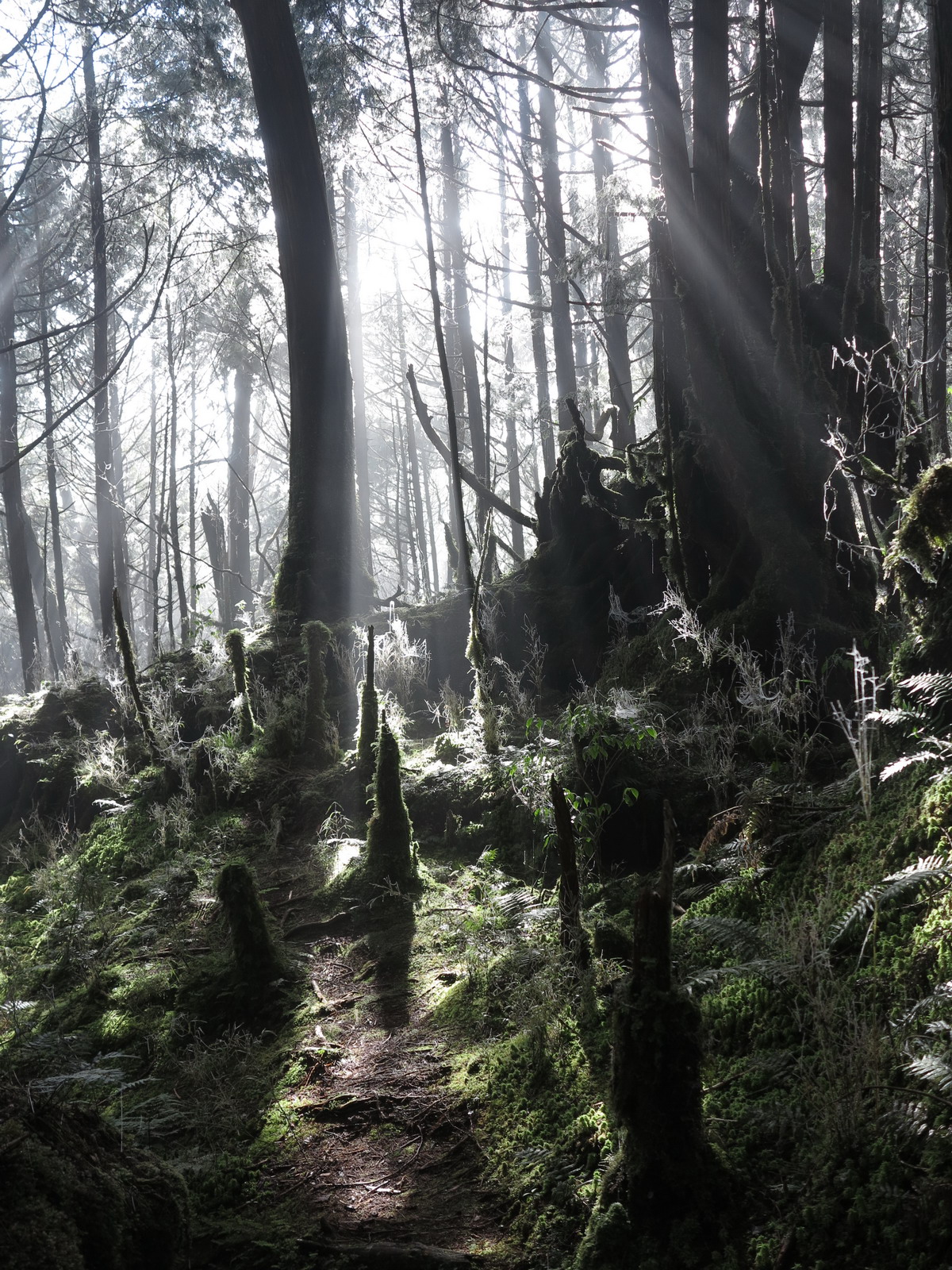
However, the nuances of a beautiful melody can only be discerned by a quiet heart. Many tourists, accustomed to the hustle and bustle of city life, failed to appreciate this silence; they played radios during hikes. Some tourist groups even guided their tours with loudspeakers. Therefore, Yilan Branch, Forestry and Nature Conservation Agency established the world's first Silent Trail, which officially ushered Taiwan’s conservation thinking from landscape conservation into the era of soundscape conservation.
In response to the psychological need of the busy and stressed modern people, a Silent Trail offers a sensory experience of slowing down and calming down, along with an environment to learn in. The trail is a way to protect the land and heal humanity. Only when we change our mentality will the ecology change with us. Hopefully, the silence in Taipingshan will exert a positive effect on our mentality, and there will be more Silent Trails both within and without Taiwan, so that we can all learn to be quiet and connect with the earth, with ourselves.
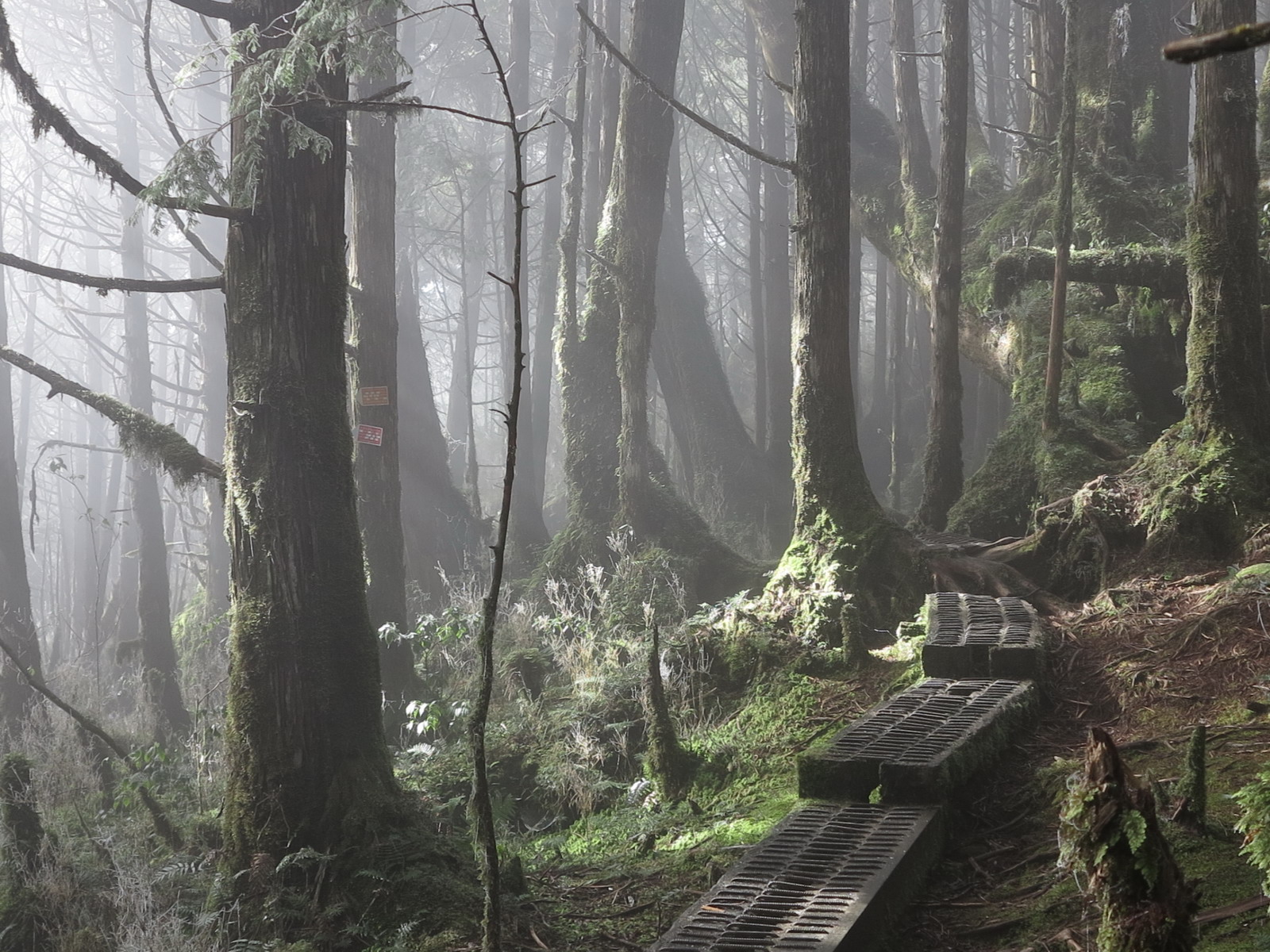
Why is “listening to silence” so important?
Does silence have a voice, or not? Does the moment when only silence resounds in the air represent an end, or a beginning? As Laozi put it in Tao Te Ching, “Something chaotic and complex came into being earlier than heaven and earth. Silent and indefinite, it stood alone and has never changed. Its continual operation can be considered the origin of the world.” Chinese philosophy holds, in the universe, the tangible and intangible coexist, and that from nothingness comes being. What may seem like illusion and void turns out to be the richest, most meaningful realm of spirit.
Silence is in fact an awakening. In a generation when listening isn’t encouraged, silence has become an interesting invitation to you, allowing you to slow down, heightening your senses, reviving your exploration instinct, so that you—long accustomed to a life of visual dependence—can try to create a genuine interaction between the body and the environment, and in the meantime recover your initial balance, by following the clues of sounds.
In view of the environment we live in, we humans basically no longer need to listen to the world. We no longer rely on auditory and physical immersion experience to construct authentic memories and experiences. Therefore, we are confined to concrete buildings, engaging with the world through computer screens and windows.
Nowadays, no matter what soundscape we are exposed to, the lifestyles we choose seem to be getting identical—being present more in virtual reality than in the real world. Worst of all, we humans have lost track of ourselves, unwilling and unable to face who we really are. Silence has become a luxury, both to humans and to the other creatures.
Walking on the Silent Trail, as you listen from within to without yourself, you can clearly distinguish one sound from another, with any sound traveling far into the distance, and feel the power of an all-encompassing state. Thus, to feel and to listen to the silence, is to learn to be at peace with your inner self.
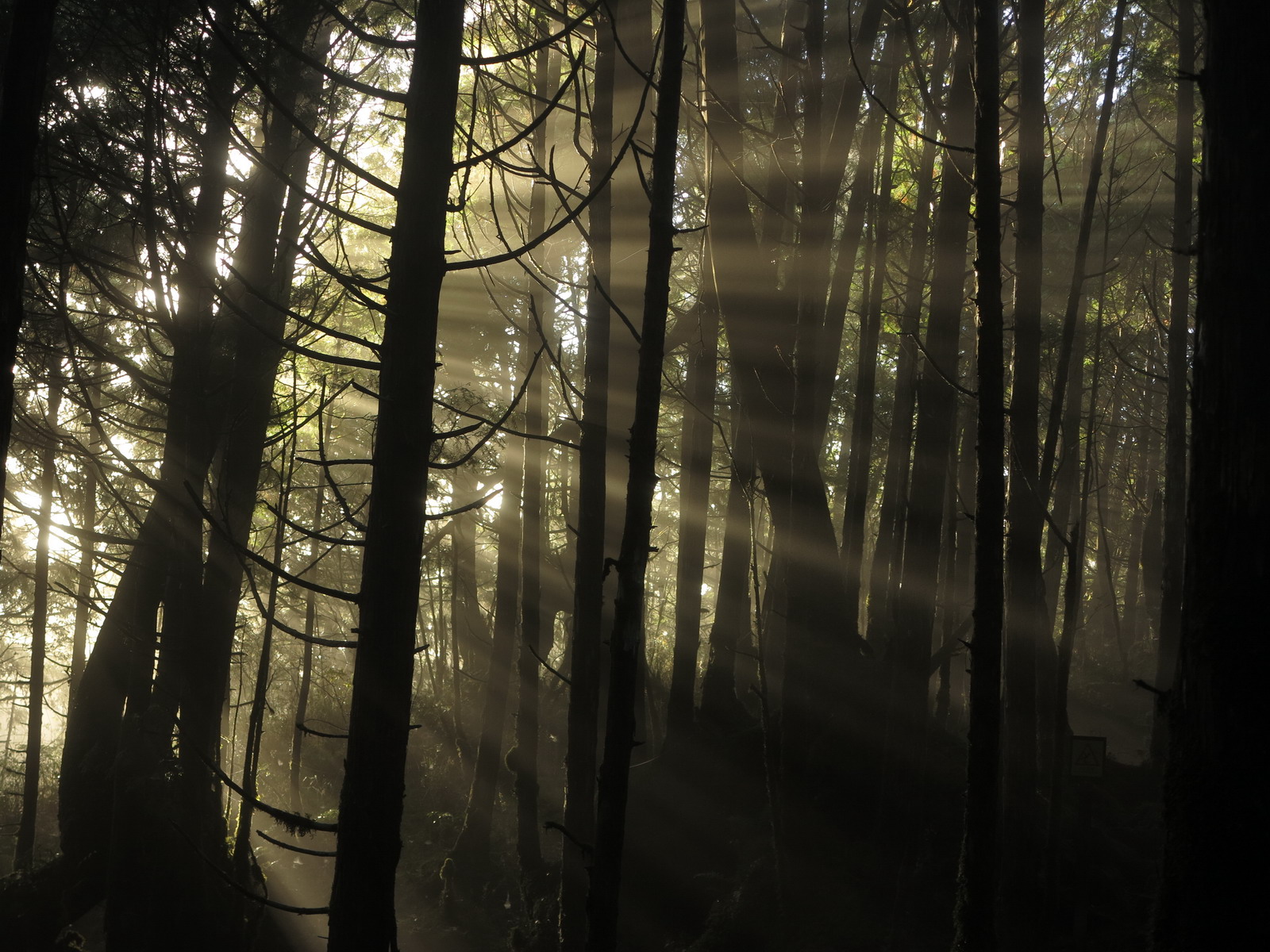
Where is the Silent Trail?
The Silent Trail is part of the Cueifong Circular Trail. Entering from the East Entrance, 300 meters into the plank path, you will come across the first Lake Scenery Platform, and that is the East End of the Silent Trail. Walking 1.5 kilometers, past the Tundra Area toward the White Wood Forests, you will come across the second Lake Scenery Platform, and that is the West End of the Silent Trail.
Another option is entering from the West Entrance of the Cueifong Circular Trail, walking 2.2 kilometers, and you will arrive at the West End of the Silent Trail. Then you can cover the entire 1.5 kilometers of the Silent Trail and exit from the East Entrance. This way you will circle the lake.
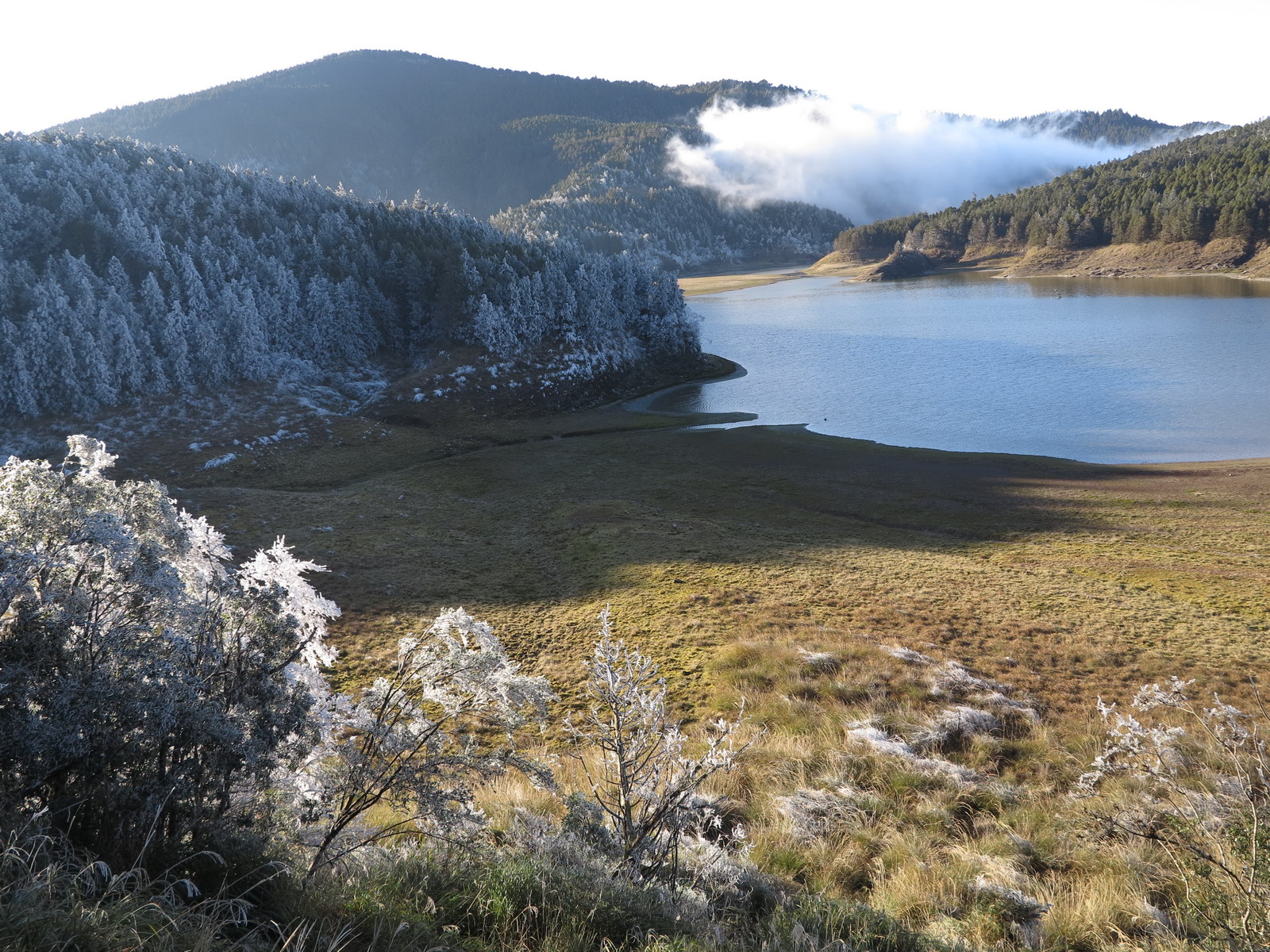
How to appreciate the Silent Trail?
The Silent Trail can be best appreciated when visitors, at a slow and leisurely pace, closely observe the flora around. Different wildflowers are showcased as seasons change, practically a natural floral exposition all year round. The blossoms you are likely to spot include those of Nepal Fleshspike, Formosan Gentian, Coptis Morii, Taiwan Heloniopsis, Rolfe's Raspberry, etc. Along the Trail, you can also perceive the diverse manifestation of the mosses, or the dripping sound of raindrops falling along the mountain wall into the puddles. Here the constant and abundant rainfall has given birth to a thick, green carpet of mosses, which serves as the best sound-absorbing foam, hence leading to the absence of noise. Still, you have the opportunities to hear the lovely songs of various birds inhabiting these forests at intermediate altitudes, birds like Blue Shortwing, Pygmy Wren Babbler, Taiwan Yuhina, Green-backed Tit, Taiwan Sibia, Steere’s Liocichla, Formosan Laughingthrush, Taiwan Vivid Niltava, White-throated Flycatcher, etc. Arriving at the Ordovician Tundra Area, you will find mosses covering all over the ground and cypress trees in the dense, primeval forest here. Since most birds stay away from the bottom of these woods, the atmosphere is ancient, wild, and mysterious. It’d feel as if you’ve entered a Temple of Silence, serene yet magical, filling you with humility and awe. You can find a place to rest for a while (be careful not to step on those mosses, though), close your eyes, and listen to the surroundings with sound barely reaching 26 decibels. The more perceptive you are, the better you will be able to appreciate every inch of the journey. Accordingly, you must try to be as quiet as you can, proceeding relaxedly, opening your ears to everything around you. Then this journey over the Silent Trail will send you home refreshed, invigorated, and radiant with positive energy.
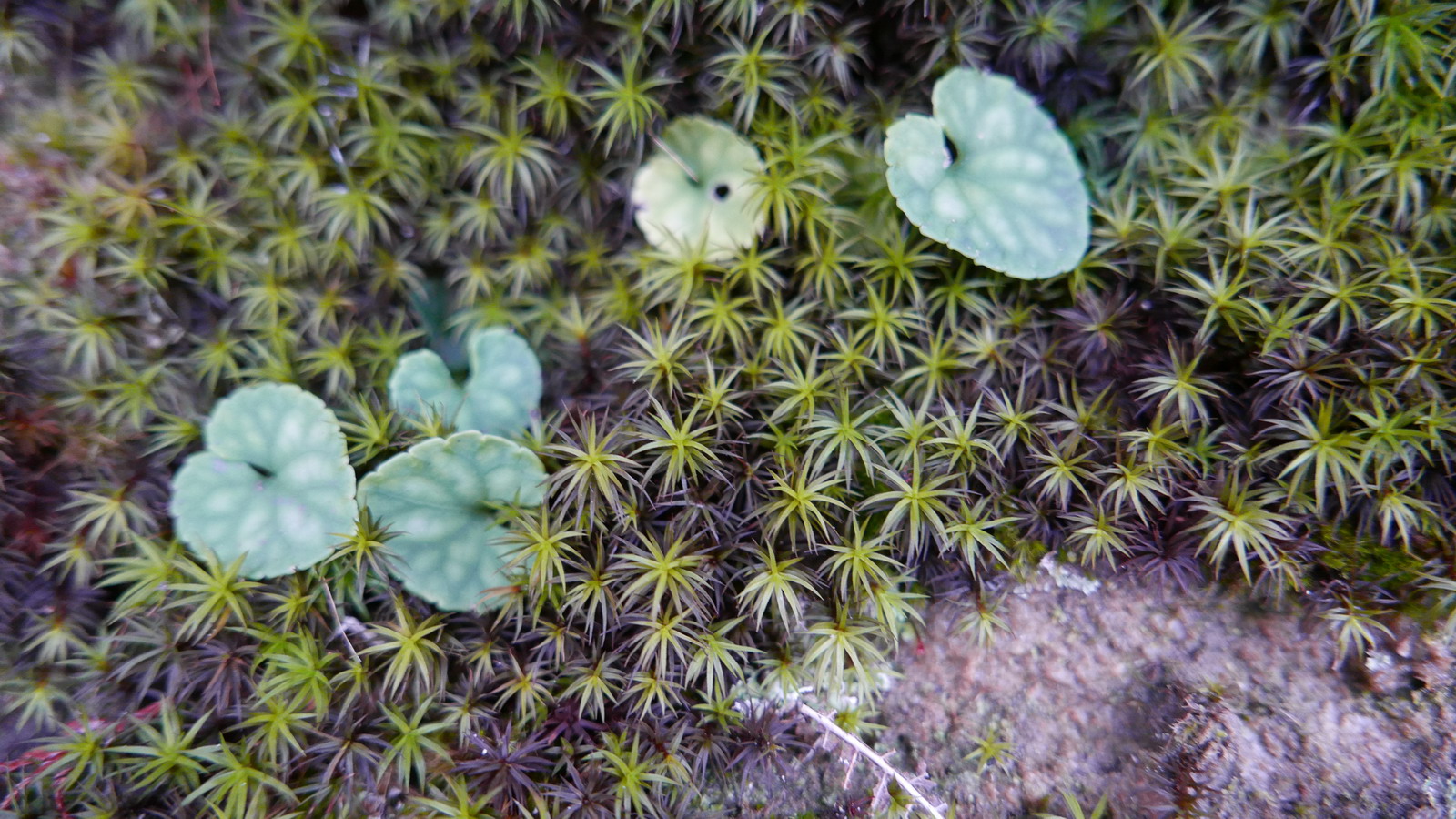
- Fans Group for Taipingshan
